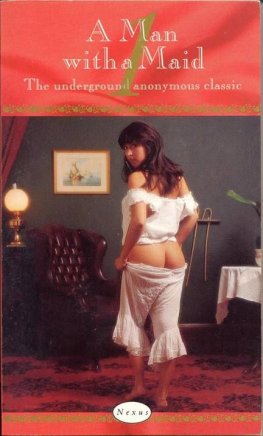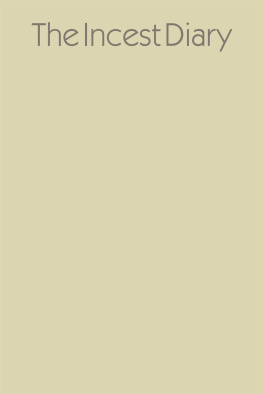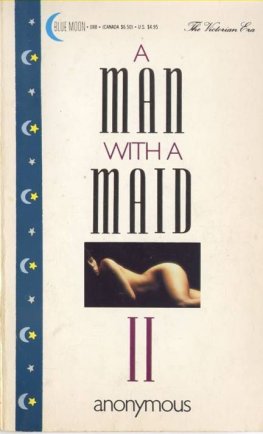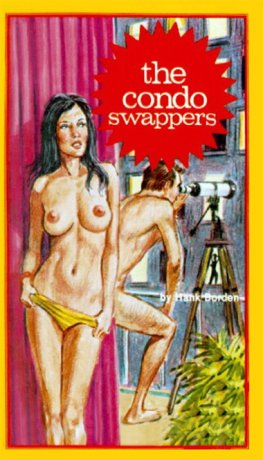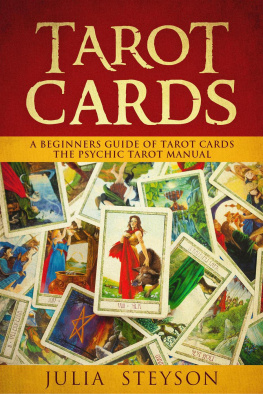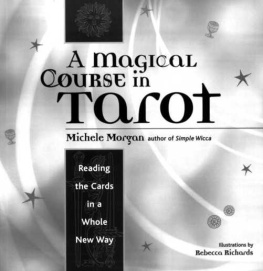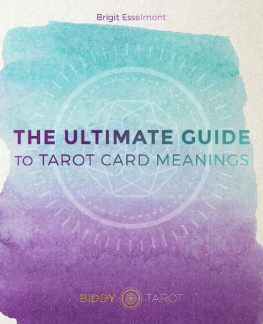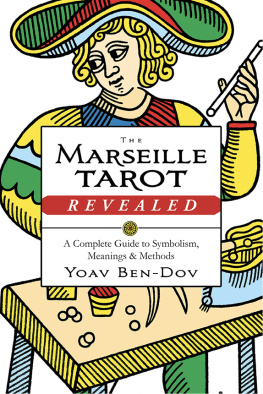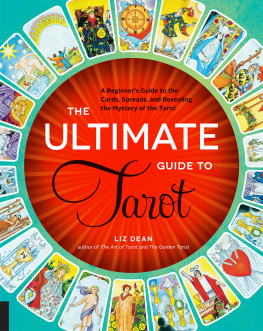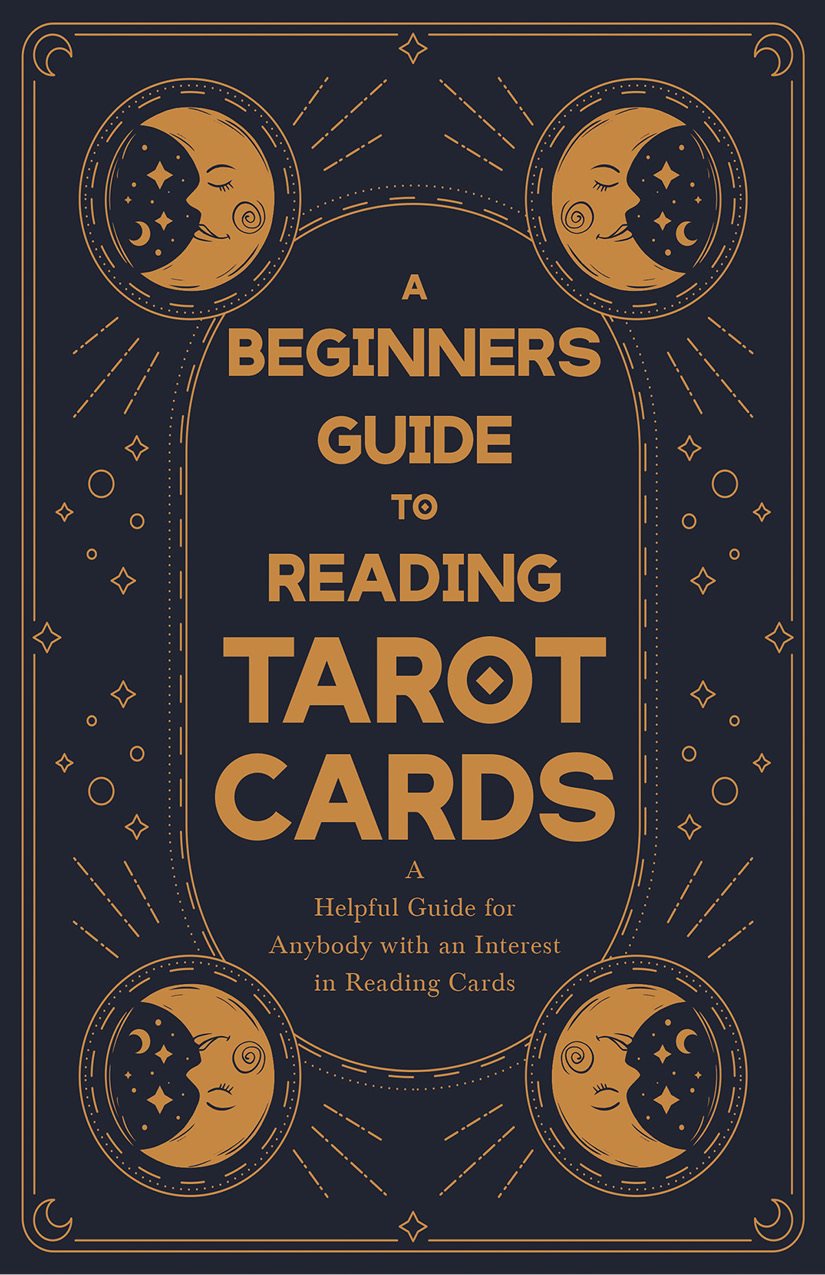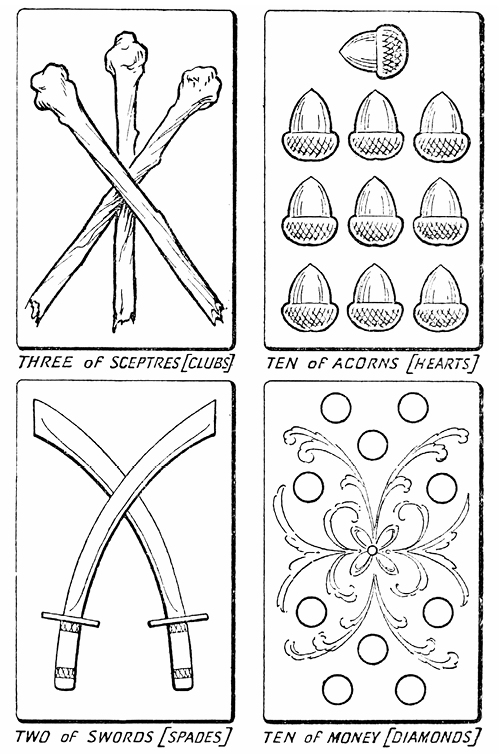Read & Co. is part of Read Books Ltd.
For more information visit
www.readandcobooks.co.uk
A BRIEF
HISTORY OF
THE PACK OF CARDS
IT is a very popular belief that cards were invented in order to amuse King Charles VI of France, at a time when that monarch was mentally unstable. This legend, however, like so many pretty stories of the past, has no foundation in fact, as cards were known long before the mad mon archs days.
It is true that a court miniature painter, named Gringonneur, did paint or originate some cards which he introduced to the King, but cards were first used in the East in very ancient days, and it is a curious fact that the other great world-popular indoor game, Chess, also originated in the East, and is still played to-day by means of a pa ck of cards.
It also seems obvious that cards reached the West in the same way and by the same route as Chess, probably through the gipsies, that strange, unconquerable Eastern race of wanderers, whose actual origin still baffles our researches.
Naturally a race of people with no settled home or nationality would find much difficulty in moving their personal belongings from place to place, and would appreciate any amusement that could be reduced to the form of a pa ck of cards.
Chess was the great Eastern game, and is in many ways characteristic of a people to whom Time was of no importance. Cards may have been a game originally, but as known by the gipsies they were only used for the purposes of Divination, or Fortune Telling, and right up to the present day they still form the most popular and widespread means of testing the fortune.
Known as Tarocchi, or Tarots, the Divination cards numbered seventy-eight, and were without numbersor pips, as we call themwhich were introduced in Europe for the sake of simplicity, in the fourteenth century. Such packs are still in use in parts of the Continent, but the Western pack has gradually taken its place, both for the purpose of Divination and for playing gamesin fact, it is usual to speak of a pack of Playing cards, a distinction that is hardly necessary nowadays, as it is not easy to obtain a pack of Tarot cards, unless one knows where to go for them. The fact, however, that we still use this distinctive name, shows that at one time the two kinds were in use s ide by side.
If we compare a complete Tarot pack of cards with the modern Playing cards we shall find many interesting points of resemblance, and at the same time discover the reason for the changes made in the We stern World.
There are twenty-one Tarot cards that are used solely for purposes of Divination, and the designs of these cards vary greatly and have probably never had any real significance. In addition to these, there is always a card known as the Fooland as far as we know the card has always remained the same. For purposes of Divination it has no separate indication, but serves to intensify the meaning of the card next to it. Thus it becomes a very powerful and dominant card when one is foretelling the Future, as the indication supported by the Fool is certain to be active, and therefore must influence, or even suppress, all other indications.
Associated with a good card, the Fool is strong enough to carry you through much evil; times may prove croublous, but you will pull clear before long. On the other hand, if the Fool is attached to a bad card, any signs of good fortune, shown by the other cards, will not be strong enough to save you from the threatened trouble, though they may modify it to some extent.
It is a curious fact that in certain card games we still find this all-powerful Jester, who has the happy power of over-trumping the Ace of Trumps, whatever the suit may be. Apart from this, our modern pack of Playing cards has entirely abandoned the twenty-two special Divination cards of the Tarocchi, though these cards were and still are used for games as well as for Divination purposes in those countries where the Tarot pack is still in regular use.
In addition to these twenty-two cards, the Tarot pack contains fifty-six cards, divided into four suits, just as our modern packs are divided. But the superior Western mind has destroyed all the original clever significance of the Tarot, and has substituted the senseless jangle of Diamond, Heart, Club and Spademeaningless, senseles s, nonsense!
In the Tarot, the four suits are represented by other emblems:we have the Vase, which represents the Priestly caste of the East; the Sword, which indicates the Warrior caste; the Piece of Money, which clearly shows the Merchant caste; and finally the Baton or Club gives us the Yeoman or Tiller of the soil.
Here then we have four suits of cards, each one representing a distinct class of people, and in the quartette are covered all classes of the peoplefor in the early Eastern days the Priestly caste were the rulers, and chose the King or nominal ruler. They were quite capable of removing him peacefully if he did not follow their bidding. So our four suits give us the Rulers, the Fighters, the Merchants, and the Farmers.
We will now compare these four ancient Tarot suits with our modern Western nonsenseHearts, Clubs, Diamonds and Spades!
The Vase or Cup of the Tarocchi cards has become the Heart of the modern pack; this is an easy change, as the bowl remains, while the stem has been thickened to complete the heart shape design. Although this suit originally represented Religion or the Priestly caste, it was never considered what may be called a lucky suit, in the modern sense of the word. Curiously enough this has always been the suit we now call Clubs, which originally represented the Tiller of the Soil.
Suit Designs for Tarot Cards
Obviously there is a sound philosophy in this arrangement, for the mass of the people were indirectly taught that good fortune would follow their own personal exertions, and that they should not blindly rely upon the favour of th e high gods.
This suit has been variously represented in the past; the Baton is shown sometimes as a branch with sprouting leaves; it seems probable that our modern Club is derived from the lucky Trefoil, a very old and widespread superstition. It may represent the business end of a spade, with the shortened handle turning downwards. Anyhow the Club or Trefoil suit is the lucky one for Divinati on purposes.


